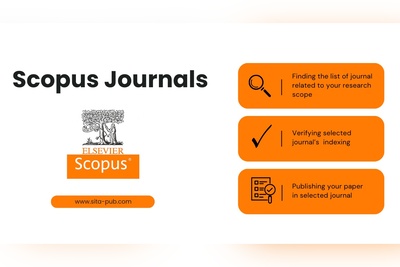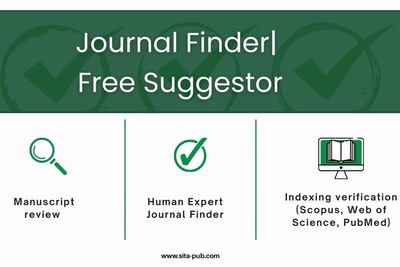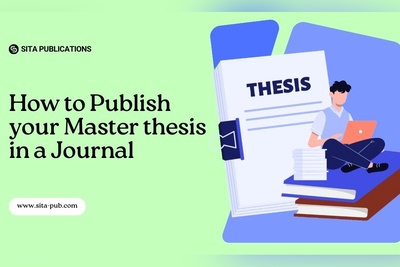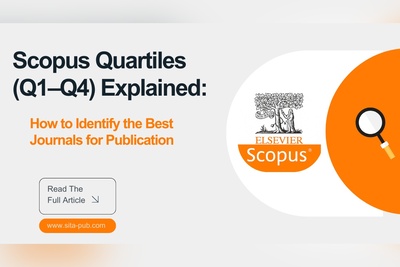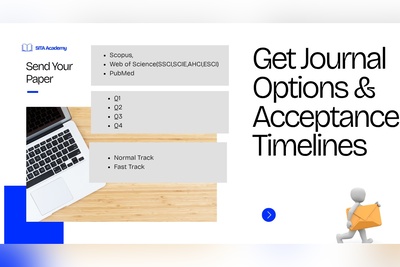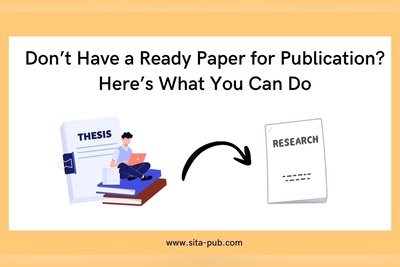Find the Perfect Journal for FREE
Everyone in academia wants to publish their research in a reputable journal—but finding the right one quickly and for free can be a challenge. In this article, discover how to identify the best-fit journal for your paper using free tools and expert support.
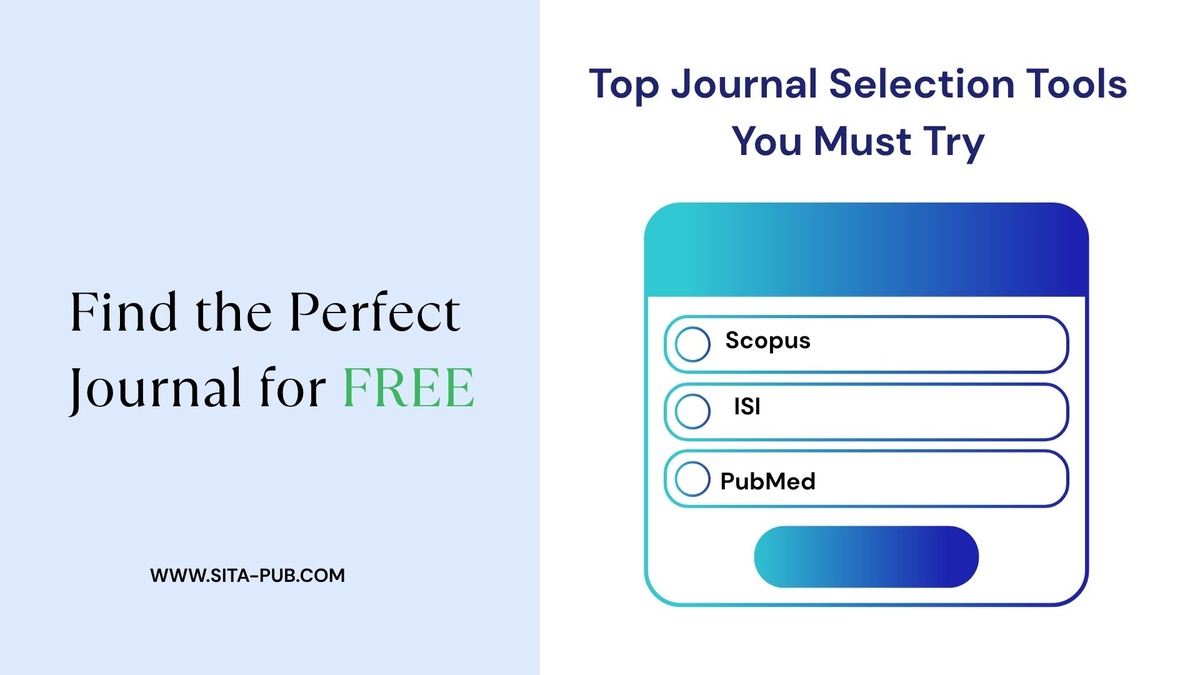
Before your paper even gets reviewed, one of the most important—and often overlooked—steps is selecting the right journal. A poorly chosen journal can lead to desk rejection, wasted time, or worse, a loss of credibility.
In this article, we’ll explore the importance of journal selection, walk through top free journal selection tools, and answer key questions like whether it’s possible to find the perfect journal for free. We’ll also show how personalized journal selection service can help you fast-track this process with expert support.
Why Journal Selection Matters

The success of your paper often depends on whether it’s submitted to the right journal. Here's why journal selection is so critical:
Match of Scope: Journals have specific scopes. If your paper doesn’t align with the journal’s focus, it will be desk rejected, regardless of quality.
Impact Factor and Indexing: Publishing in journals indexed in Scopus, Web of Science, SCI, or SCIE boosts your visibility and academic reputation.
Audience Reach: The right journal reaches readers who can cite and build upon your work.
Speed of Review: Some journals have long turnaround times. Choosing a journal with faster review processes can help you publish sooner.
Acceptance Rate: Top-tier journals are very selective. A good match can improve your chances of acceptance.
Publication Fees: Knowing whether a journal is open access, hybrid, or subscription-based matters for budgeting and planning.
What Are the Top Free Journal Selection Tools?
Luckily, several free tools can help you shortlist journals based on your manuscript's content, title, and abstract. Each tool has its own strengths and limitations.
1. Elsevier Journal Finder
How it works: You paste your article title and abstract, and it recommends Elsevier journals that match your topic.
Features:
Suggests journals based on scope and keyword matching
Shows impact factor, acceptance rate, and speed
Limitations:
Only suggests Elsevier journals (no cross-publisher results)
Best for: Authors targeting journals published by Elsevier.
2. Springer Journal Suggester
How it works: Input your title and abstract to receive suggestions from Springer’s database.
Features:
Returns a list of Springer and Nature-branded journals
Shows impact factor and open access status
Limitations:
Limited to Springer publications
Best for: Research in life sciences, social sciences, and natural sciences.
3. JournalFinder by Wiley
How it works: Enter your manuscript details to get Wiley journal recommendations.
Features:
Offers estimated acceptance time
Includes open access options
Limitations:
Restricted to Wiley journals only
Best for: Researchers looking to publish with Wiley in areas like health, chemistry, and education.
4. Edanz Journal Selector
How it works: Paste your title/abstract and get suggestions from a broader database.
Features:
Covers journals from multiple publishers
Filters by impact factor, indexing, and field
Limitations:
Some features are behind a paywall
Not always up to date
Best for: Broader search across multiple publishers.
5. Jane (Journal/Author Name Estimator)
How it works: Uses a database of PubMed articles to find similar publications.
Features:
Identifies biomedical journals using similarity algorithms
Suggests potential co-authors or reviewers
Limitations:
Mostly limited to medical and life sciences
Best for: Researchers in health, medicine, and biology.
Can I Really Find the Perfect Journal for Free?
Yes—and no.
While free tools are incredibly helpful for initial suggestions, they are limited by:
Publisher bias (each tool usually suggests journals within one publisher)
Lack of indexing filters (SCI, SCIE, Scopus, etc.)
Limited accuracy in matching tone, novelty, or experimental design
No consideration for publication fees or institutional fit
So, while these tools are a great starting point, the “perfect journal”—one that fits your research scope, indexing needs, budget, and timeline—usually requires a deeper analysis.
What Is the Fastest Way to Find a Journal?
The fastest and most reliable way is to get help from professional publication support services. These services go beyond keyword matching and provide:
A thorough review of your manuscript title and abstract
Analysis of your research field and department focus
Consideration of your indexing requirements (e.g., SCI, Scopus)
Matching based on publication fee preferences (open access vs. free)
Custom list of journals tailored to your goals and timeline
Journal Selection Assistance at SITA Academy
At SITA Academy, we specialize in helping researchers find the most appropriate and high-potential journals for their work. Our team has years of experience working with graduate students, early-career researchers, and professors from around the world.
Here’s how our journal selection service can save you time and maximize your chances:
What We Do:
Review your manuscript title, abstract, and keywords
Understand your field of study, department requirements, and goals
Filter journals based on indexing (ISI, SCI, SCIE, Scopus, ESCI, etc.)
Match based on your preferred turnaround time and publication fees
Deliver a tailored list of journals with details including:
Journal scope and match
Impact factor or quartile ranking
Indexing (Clarivate, Scopus, etc.)
Publication timeline
Open access or subscription type
Article Processing Charges (APC), if any
Why Choose SITA Academy?
We know the standards: Familiar with institutional and funder requirements
Time-saving: No need to search multiple publisher sites manually
Up-to-date database: We stay current with newly indexed journals and delistings
Personalized guidance: Real humans, not algorithms, reviewing your needs
No random suggestions: Every recommendation is backed by a manual check
How to Get Started:
Simply send us your research field, and we’ll provide a list of suitable journals. Whether you're aiming for fast publication, specific indexing, or high impact factor, we’ve got you covered.
Final Thoughts
Journal selection is not just a procedural step—it’s a strategic decision that can define the success of your publication.
Free tools like Elsevier’s Journal Finder, Jane, and Edanz are helpful, especially when starting out. However, they may not give you the depth and context needed to make the most informed decision.
Verified Contact Channels
If you have any questions, inquiries, or would like to learn more about our services, please don't hesitate to reach out to us. Our dedicated team is ready to assist you.





